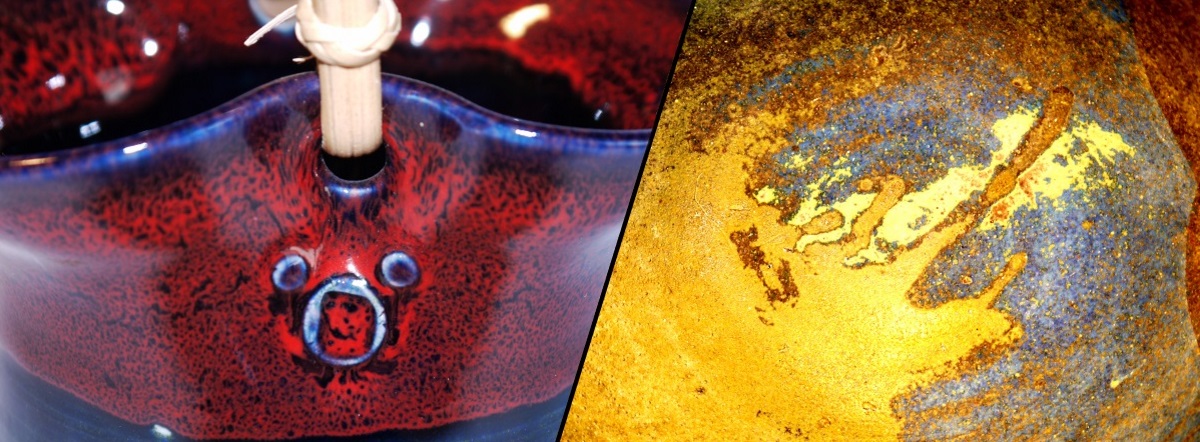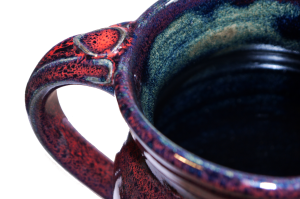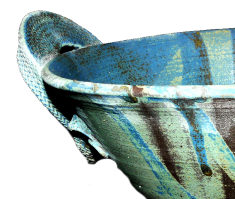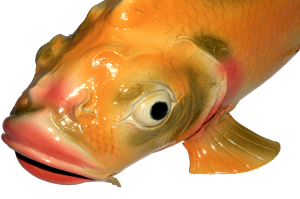
 |
 |
 |
 |
Pottery:
Pottery is an ornamental ware shaped from moist clay and hardened by heating it. The type of clay used and the temperature at which it is fired give pottery a different appearance and strength.
There are three main pottery types.
Earthenware:
It is also know as biscuit or bisque and it is fired at low temperatures – 1800° to 2100° Fahrenheit. It usually colours are reddish or white. Biscuit is any pottery that has been fired but without a ceramics glaze. Due to its high porosity, earthenware must usually be glazed to enable it to hold water. Earthenware pieces have been found that date back to1400-1200 BC, making this craft the oldest pottery in history.
Stoneware:
It is made from a heavier clay mixture, which can be fired at much higher temperatures – 2200° to 2400° Fahrenheit. It is dense, impermeable and hard enough to resist scratching generally it is a brownish grey in colour and it can be used both blazed and unglazed. Ideal for cooking and baking.
Porcelain:
It’s made of a specific type of clay, containing kaolinite, also known as China Clay, and it is fired at high temperatures – 2200° to 2500° Fahrenheit. It is hard, impermeable (even before glazing), white, translucent.
Ceramics:
Ceramic a general term. The term is derived from the Greek word keramos, which means “clay”.
In the past, ceramics were produced by shaping clay, then decorating it, very often glazing it and firing it at high temperatures within a kiln. The definition of ceramics has now changed, the term ceramics now refers to a diverse group of materials, including cements and glass. While all of them are fired at high temperatures, clay is no longer a single component of ceramics.
Nowadays, the term ceramics technically includes both pottery and porcelain, which, with their standard formulas, have come to popularly represent quality grades.
